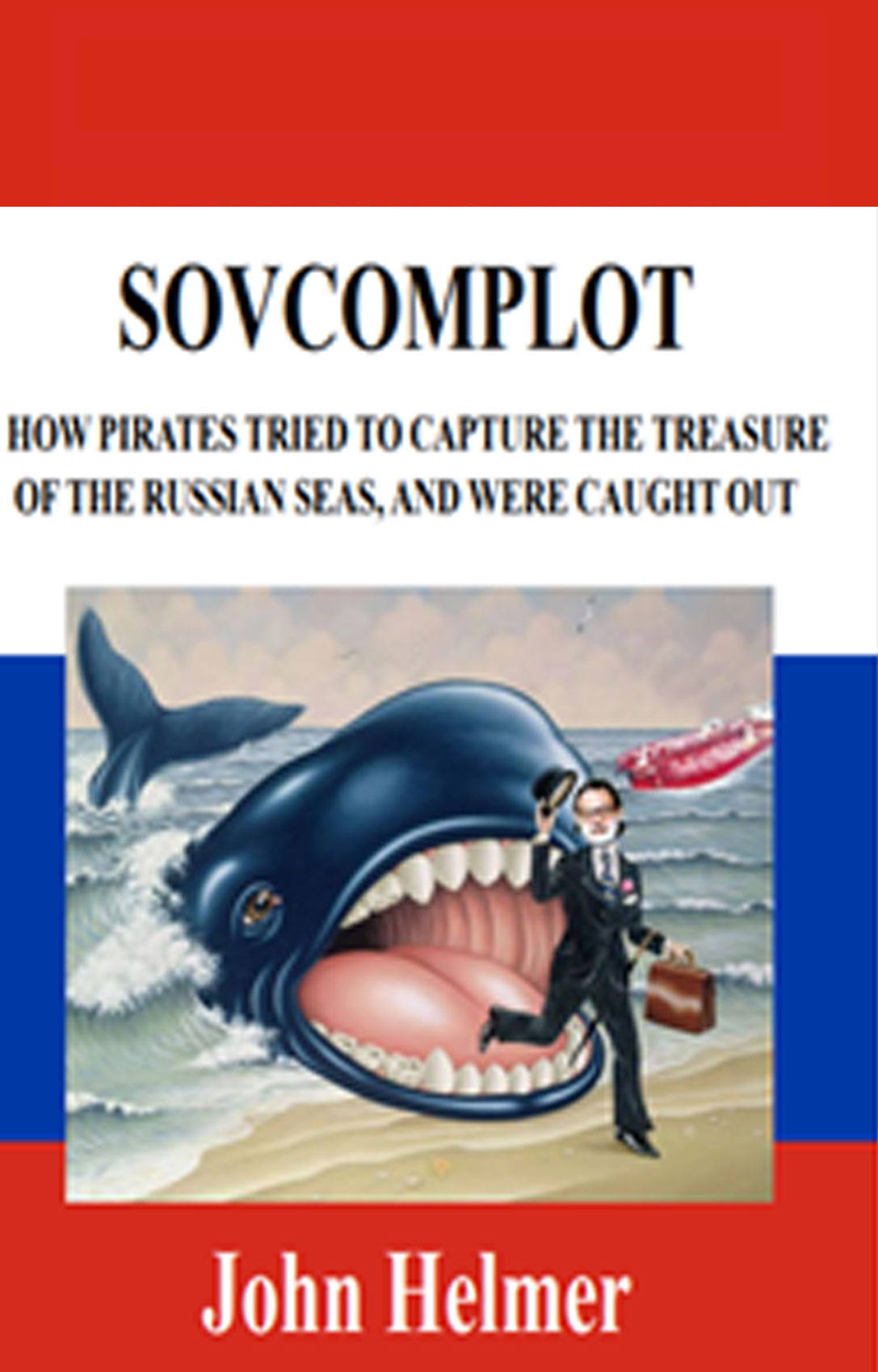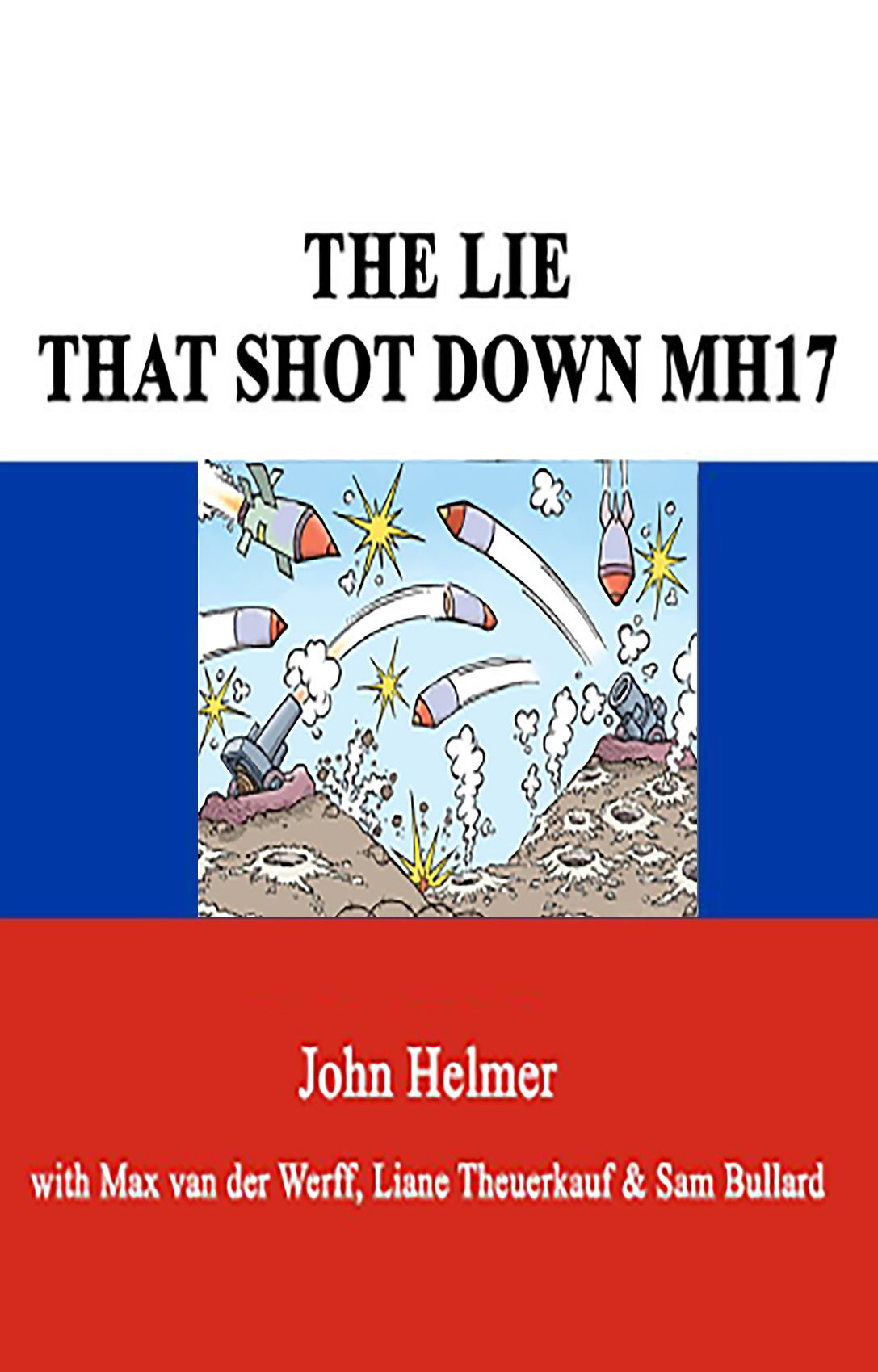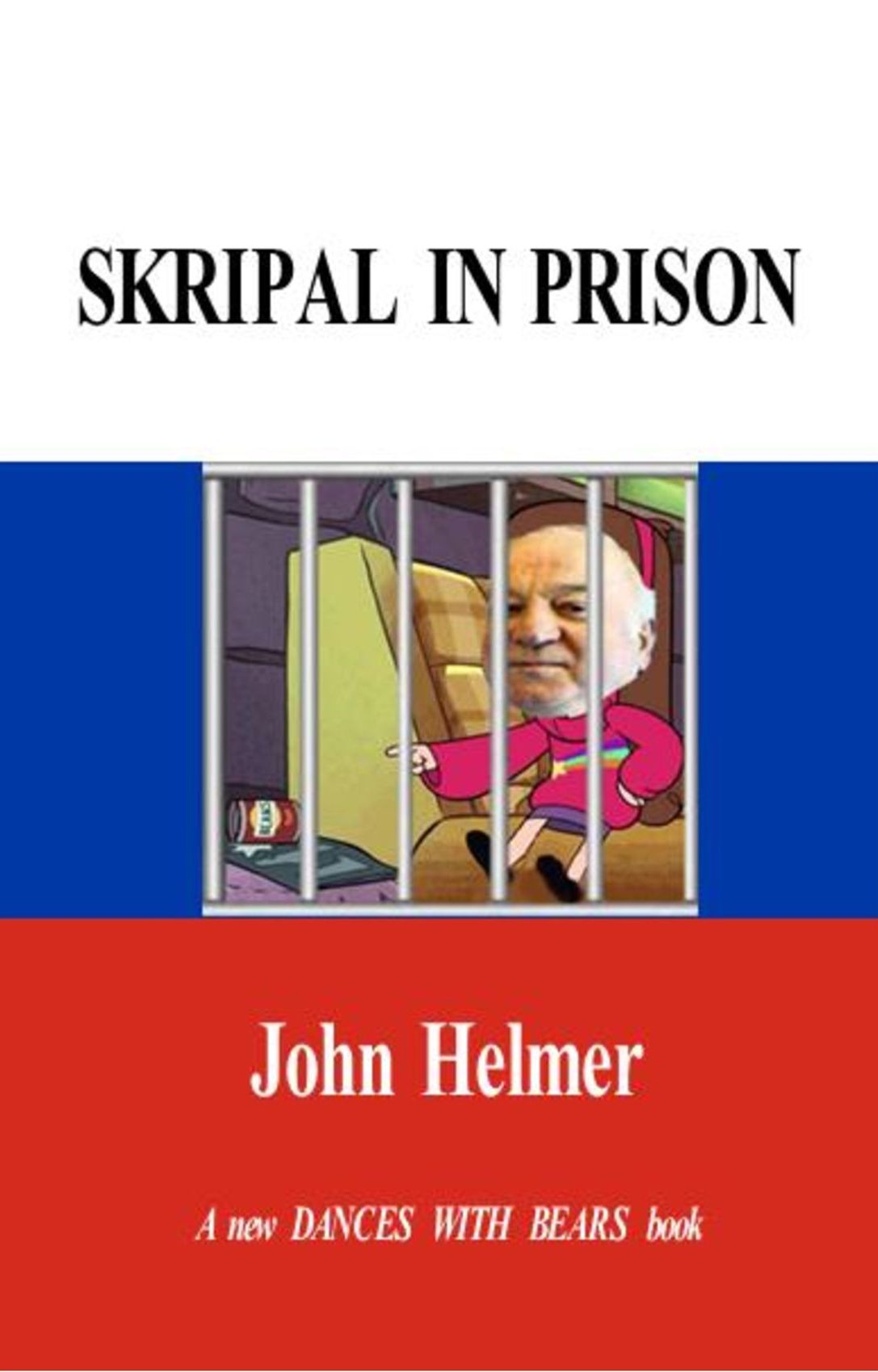By John Helmer in Moscow
Premature ejaculation is not usually an event which gentlemen call a public meeting to disclose. At least, not unless they are selling a cure.
The announcement this week in Moscow by Tye Burt and Yevgeny Ivanov, chief executives of Kinross Gold (KGC:US) and Polyus Gold (PLZL:RU), that they have signed a preliminary undertaking to think of doing a feasibility study in eighteen months’ time of the Nezhdaninskoye goldmine in Russia’s fareast is puzzling for its circumlocution, and its lack of specificity. According to the Polyus Gold announcement, the two companies “have concluded Memorandum of understanding on the possible joint development of Nezhdaninskoye hard-rock gold deposit located in the Sakha Republic (Yakutia)….within the time frame of 18 months the companies are planning to jointly prepare a Feasibility Study for the industrial development of the Nezhdaninskoye deposit.” Thereafter, another pair of conditionals — “upon completion of the Feasibility Study and, if warranted by its results, the parties will review the possibility to enter into a joint venture agreement for developing the Nezhdaninskoye deposit.”
Kinross has so far omitted to refer to Nezhdaninskoye, and Burt is not usually so coy. What is more, he already knows at least as much about Nezhdaninskoye as Ivanov. For this is one of the most carefully studied and valued gold deposits in Russia. First discovered in the Soviet period, and mined from 1975, it was thoroughly appraised in the early 1990s by David Deuchar, then technical director for Anglo American. The company decided the technical problems of the deposit raised costs above Anglo’s threshold of profitability, at the gold price prevailing at the time.
The mining rights subsequently went to Celtic Resources in its Irish phase. Then taken over by the West Australian Kevin Foo, all the detail the market might want for the deposit was issued in London, when Celtic was listed on the Alternative Investment Market (AIM). Although mining had been mothballed, and Celtic produced no gold for sale from the mine, Nezhdaninskoye performed as Celtic’s principal value- driver in the stock market, representing about 90% of its asset inventory. According to Celtic’s pre-feasibility studies and JORC count, Nezhhdaninskoye held 14 million oz of gold, with a prospective production rate of 450,000 oz per annum.
In 2005, through a complicated chain of transactions, some unmentionable, Celtic sold the asset (and others in the Sakha region) to Investment Group Alrosa, which in turn put them up for international sale. Centerra, Anglo Gold Ashanti, and Barrick Gold, then led by Burt, competed fiercely, and all studied Nezhdaninskoye carefully once more.
Their offers of a share-cash combination were topped by Polyus Gold, which bought the property in 2006 in an all-cash deal. Between the announced sale and purchase price of $285 million, and the money that actually changed hands, there have been doubts, litigation, offsets, and debts.
Polyus put the deposit’s reserves on its balance-sheet at 3.6 million oz of В+С1 reserves (Russian classification), and 10.3 million oz of С2 + Р1 resources, with an average grade of 5.1 g/t. That represents roughly 5% of the total B+C1 reserves registered at the moment by Polyus with the State Reserves Committee in Moscow; maybe 14% of the larger aggregate. Ignoring the uncertainties, Nezhdaninskoye represents the third or fourth largest deposit in the Polyus portfolio.
According to the company’s reserves statement, “Polyus Group is now preparing new feasibility study that considers the possibility of bioleaching application”. That was before Burt and Ivanov made this week’s announcement. So why repeat the process for the umpteenth time, and why wait another 18 months before doing so?
One answer may be that Burt isn’t confident that Kinross shareholders would accept a large new capital spend in Russia in the present climate of uncertainty over the gold price. The estimated capital expenditure require to bring Nezhdaninskoye into production again is $1 billion.
The conflict between the two controlling shareholders of Polyus, Vladimir Potanin and Mikhail Prokhorov, is another uncertainty, exposing allegations that Ivanov has been feathering his nest and stripping assets, too. Naturally, this has been denied by Ivanov and Prokhorov, but there are Polyus board directors who continue to insist.
Another hint was dropped a few weeks ago, when President Dmitry Medvedev told Ivanov bluntly to his face, during a visit to a Polyus operation in the Magadan region, that if Ivanov didn’t stop whining for state spending to build mine infrastructure, and start spending Polyus’s own cash, the company might lose its mining right to someone who would get on with the job. Medvedev was making a pointed reference to the fact that Polyus is rich in cash — brokers estimate about $1 billion — but is not investing it for long-term production at its mines.
“This is all about creating options,” Burt told a cub reporter at the Polyus press conference, who didn’t know how many options Burt had already exhausted at the same place. “We see this as an opportunity to develop one of Russia’s biggest gold deposits,” Burt added. Not soon, he implied.
The terms of the Kinross MoU with Polyus allow the Russians to tell the Kremlin they are developing the project to meet the licence obligations — and to take 18 months before committing a cent. The delay also allows Ivanov to deploy Polyus’s cash to buy other goldmine companies, and add to the reserves total, where Nezhdaninskoye is already counted. A Moscow brokerage advised buying Polyus for this underlying growth chance. “While many junior and mid-scale miners suffocate due to lack of external funding, the market valuations have now dropped meaningfully,” Uralsib Bank reported this week, fixing a new target price for Polyus at a 27% premium to the prevailing one.
That was good for the Polyus share price. Until Monday’s announcement, the stock had dropped 37% over the previous 52 weeks. According to data issued by Renaissance Capital and Bloomberg, trading on the day after lifted the share by 17%, and another 6% on the day after that. The current market cap is $5.7 billion, a gain of $700 million in two days. There’s nothing premature about an ejaculation like this.
Ivanov’s metaphor for the deal is also carnal: “We’re pulling in our friend and fresh blood to break the bad history of this deposit.”











Leave a Reply